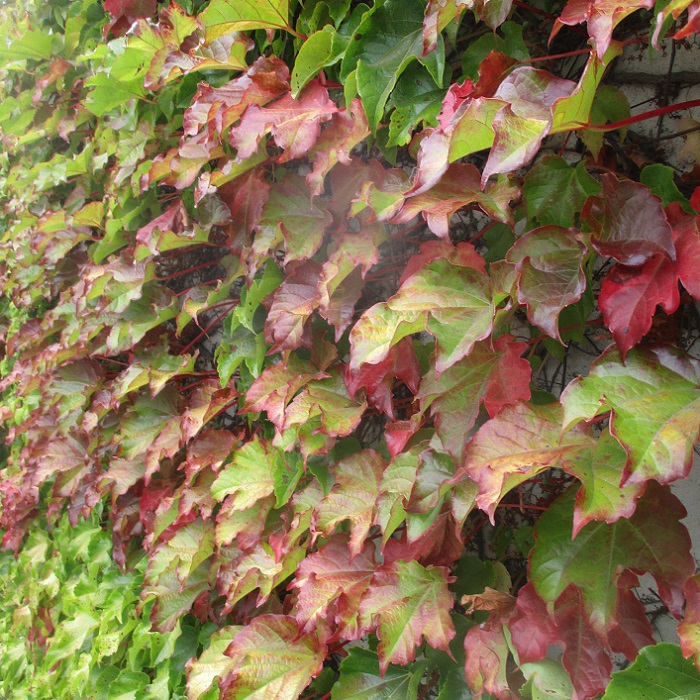UNITED STATES—Plants notice it before people do. They respond accordingly. Vegetative growth slows or stops completely. Most remaining bloom does likewise. Fruit and seed finish developing. Less fresh produce is available from the garden. Boston ivy and Japanese maples might already be changing color. They all know that the days are shorter and nights are cooler.
Warm season produce gets less abundant as summer ends because most is fruit, which contain seed. Most plants naturally finish with seed production prior to autumn. Most cool season produce is truly vegetative and lacking seed. It naturally grows during autumn or winter, with the (‘fruitless’) intention of blooming and fruiting during the following season.
It seems as if warm season vegetables were replacing cool season vegetables from last winter only a few months ago. Perhaps they were. That process began about half a year ago, but never completely stops. Various phases of various vegetables start and finish at various times. Now, some warm season vegetables might continue to produce until frost.
Out with the old and in with the new.
Corn is of those warm season vegetables that remain productive. Seed for the last phase would not have been too late if it got into the garden two weeks ago, but will take time to produce. Broccoli seed sown at the about same time could be the first of the cool season vegetables in the garden. However, it is likely more practical to plant seedlings a bit later.
Seed for cabbage and cauliflower can go into the garden now. Alternatively, it should do as well in flats or cell packs, for later planting. This procedure delays their occupation of garden space, which might still be occupied by late warm season produce. Besides, it is easier to defend tiny seedlings in flats or cell packs from slugs, snails, birds and insects.
For big and leafy cool season produce, it may be more practical to purchase seedlings in cell packs rather seed. Since only a few seedlings of each type are needed, they are not too much more expensive than seed. However, confinement to cell packs disfigures root vegetables, such as beets and carrots. Their seed can get into the garden in two weeks to a month.
Highlight: Boston Ivy
It is the ‘ivy’ of ivy league schools. Nonetheless, Boston ivy, Parthenocissus tricuspidata, is neither an ivy, nor indigenous to Boston. It is from eastern Asia, and is related to grape vines. Boston ivy is related to Virginia creeper too, which is actually native to Boston, Virginia and the eastern half of North America. It has become popular locally for freeway sound walls.
Boston ivy is an aggressive clinging vine that can climb to the top of a ten story building. Unfortunately, there are a few problems with that. It ruins wooden or painted surfaces, so can only climb concrete or masonry. It climbs over windows if it gets the chance. Thicket growth is difficult to remove if it is too high to reach. On rare occasion, mice can nest in it.
Otherwise, Boston ivy works well on freeways. Although deciduous, its vines discourage graffiti. Even while bare, its texture helps to muffle sound. Its exquisite autumn foliar color might begin to develop as early as late summer, and lingers until frost. Boston ivy is quite resilient to neglect. Shabby plants generate fresh new growth after major winter pruning.
Horticulturist Tony Tomeo can be contacted at tonytomeo.com.






